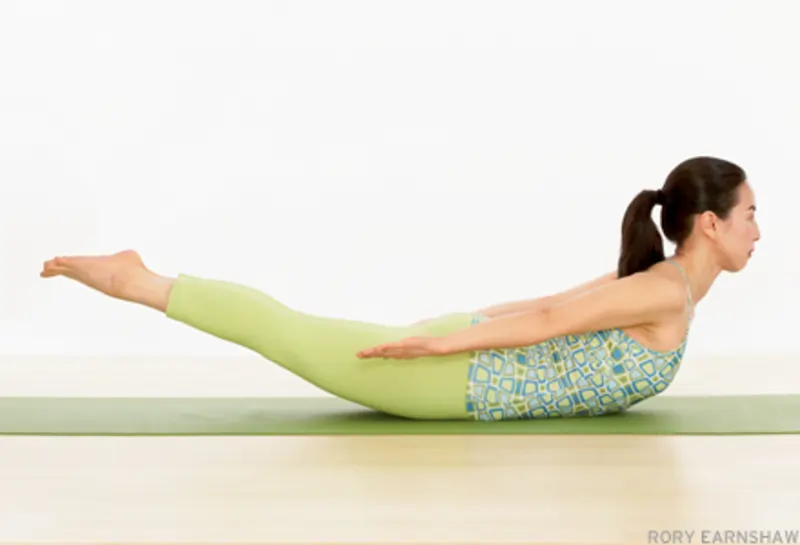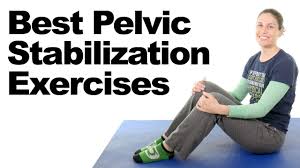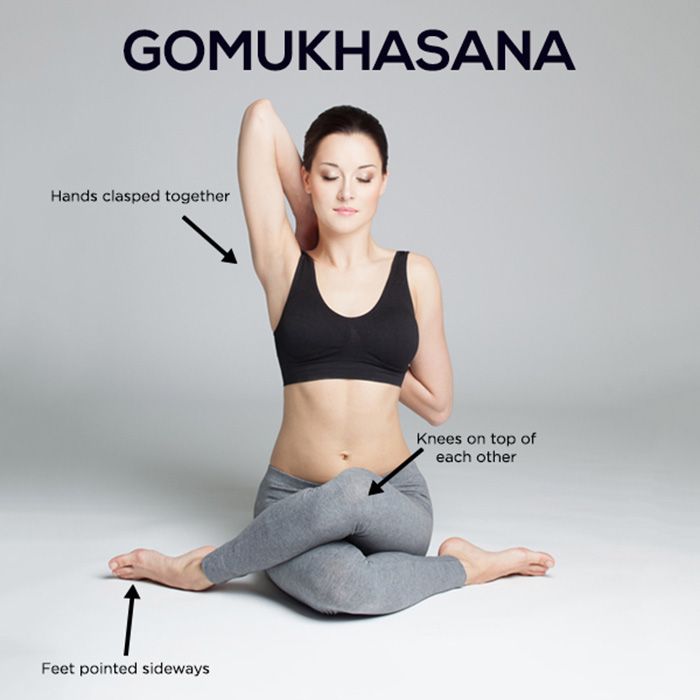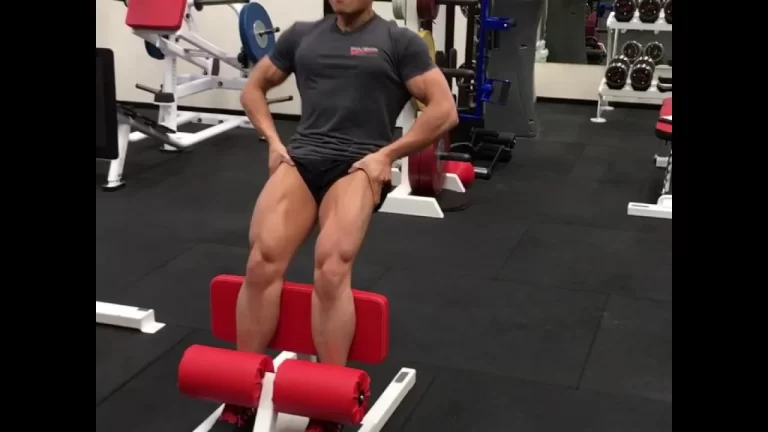Salabhasana (Locust Pose)
Salabhasana, or Locust Pose, is a prone backbend that strengthens the lower back, glutes, and legs. It improves spinal flexibility, enhances posture, and stimulates abdominal organs. This pose is beneficial for relieving back pain and building core stability.
Description:
Salabhasana is entered from a prone position. The legs are stretched out straight and lifted; the arms are stretched straight back, palms down, and lifted; the head is lifted and the gaze is directed straight ahead. It is a back bend, or spine stretch, utilizing the strength of the upper and middle back to lift the weight of the legs as high as possible from a starting position while face down on the floor. It improves flexibility and coordination, exercises the back muscles, and increases strength and stamina.
Variations :
Variations of this asana are:
Ardha Salabhasana (Half Locust Pose).
Poorna Salabhasana (Full Locust Pose).
In the Bikram style of yoga, Salabhasana has three stages. The asana of the same name in the Astanga style of yoga corresponds to stage three of the Bikram style asana.
Salabhasana (Locust pose) Steps:
Lie on your stomach on the mat. Keep your hands by your sides and your forehead resting on the mat. Extend your legs straight behind you, hip-width apart. Do not roll your feet inward or outward. You should simply press your weight evenly across the tops of both feet.
On inhalation raise your head to look forward. On your exhale lift your chest and arms. Keep your arms alongside your body with your palms facing down. Lift your upper spine and reach your arms back towards your feet.
Using your inner thighs lift your legs up towards the ceiling. Your weight should rest on your lower ribs, belly, and front pelvis.
Your chest should be lifted as you widen across your collarbones. Extend your shoulder blades away from each other.
Gaze at your cheeks and keep your breath smooth and even.
Hold the pose for 15-20 seconds or more.
To release the pose exhale and slowly release your body to the ground. Place your right ear on the mat and Rest your arms at your sides for a few breaths. Repeat the pose again for the same length of time and then place your left ear on the mat.
Ardha salabhasana (Half locust pose) Steps :
Lie on your stomach on the mat and place your chin on the mat.
Roll to the left and place your right hand on the mat. Your palm should be down and fingertips reaching towards your toes.
Then, roll to your right side, place your left hand on the mat in same position. Your forearms should be completely underneath your torso. Keep your elbows near your lowest ribs and your wrists along the lowest part of your abdomen.
Press your body weight on your forearms and hands.
Now lift your right leg up, and let left leg rest on the floor.
Then, lower your right leg and rest it on thr floor. Lift your left leg and lower it.
Now tuck your chin slightly and press your mouth into the mat.
Press your weight forward and lift your both thr legs up.
Salabhasana yoga pose video:
Benefits :
Locust pose strengthens and increases flexibility throughout the entire back of your body.
It also bring flexibility to your spine, legs, buttocks, and all the muscles surrounding your ribs and upper torso.
It improves posture and receive stress.
It strengthens the abdomen and chest muscles.
Strengthens:
Hip, Vertebral column, Leg, Arm.
Stretches:-
Thorax, Thigh, Shoulder, Navel.
type :
Reclining.
Effect of spine:
Backbend.
Modification:
To avoid any pressure during this pose on the lower abdomen, you could keep a blanket below the pelvic area. Make sure the blanket is not slippery.
If raising the legs too high brings discomfort to the lower back, you could start with raising just a bit that works comfortable for you, and then with repeated practice bring it higher.
If by balancing the body on chin brings pressure to the neck and throat, you could place the forehead on the floor or even a small blanket below the chin or forehead to begin with.
You could place the palms below the thighs to help support the legs and thighs to be raised up. But make sure your don’t injure the wrists while balancing the body on the arms.
Contradiction / Precautions :
If you have any recent or chronic neck or back injury, do not practice this pose.
If you are experiencing headache currently , do not practice this pose.
Women who are menstruating and who are pregnant should not do any prone position. Avoid this pose also when you have a headache, migraine, high blood pressure, glaucoma, and fatigue.
Someone with acute back pain or slip disc, they should avoid this pose.
Someone with severe sciatica can bring in more injury here as this pose tightens the entire body from the hip to the feet.








2 Comments